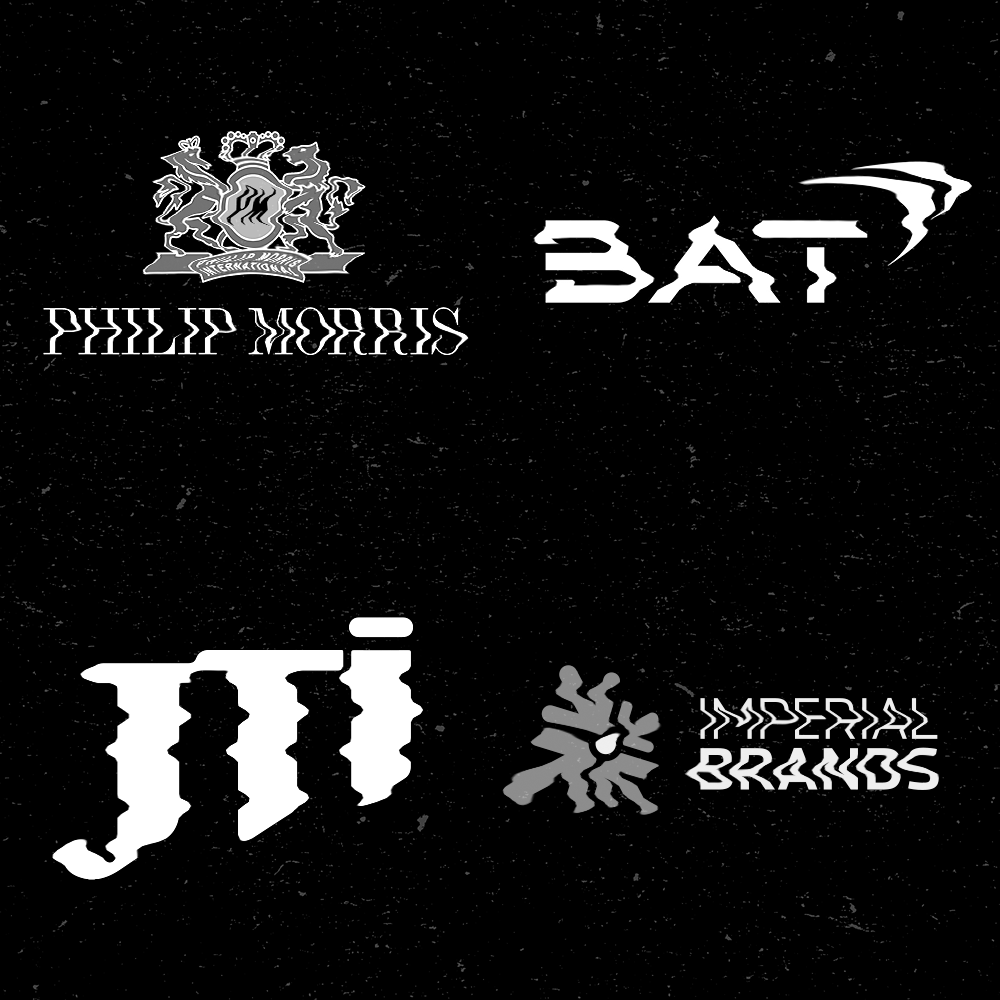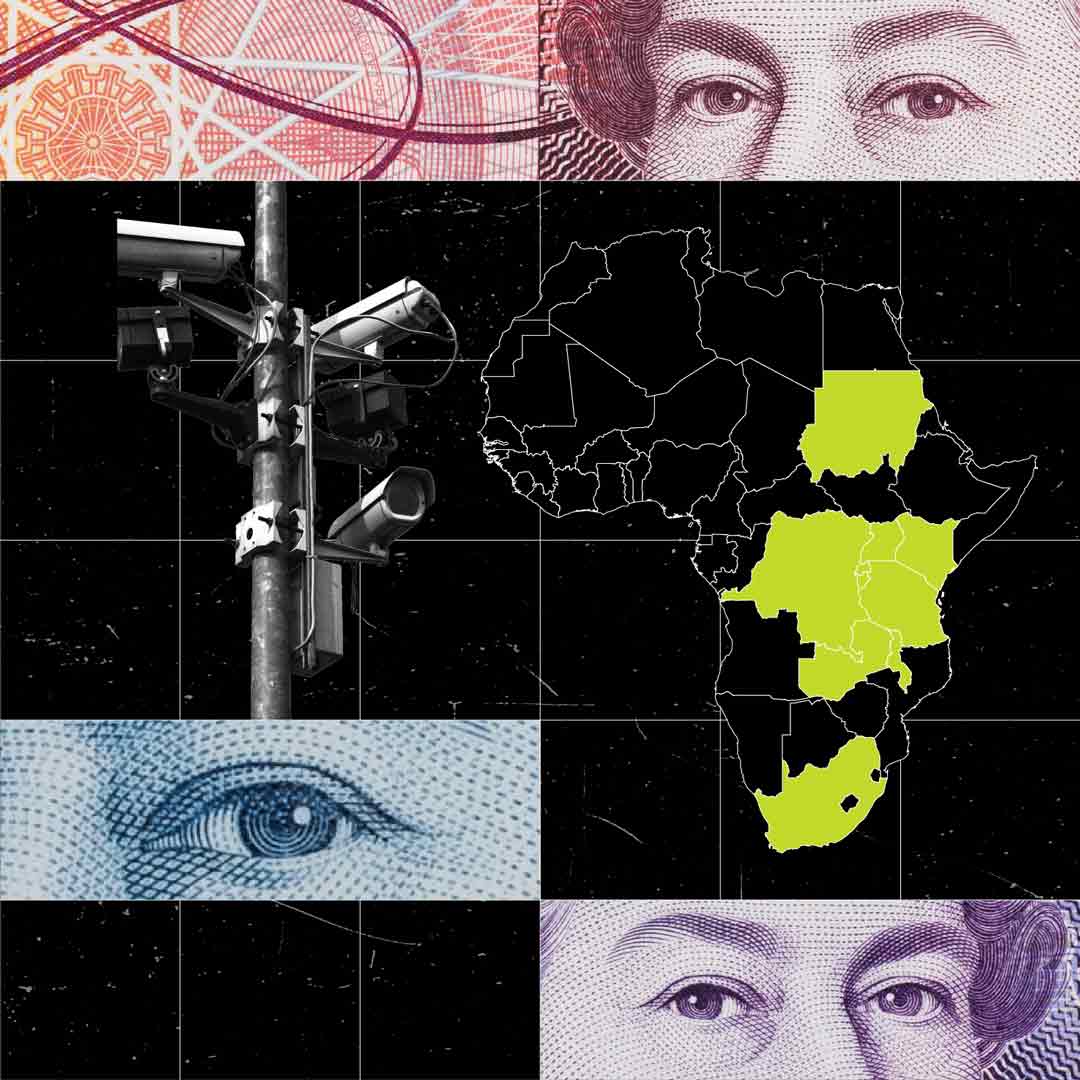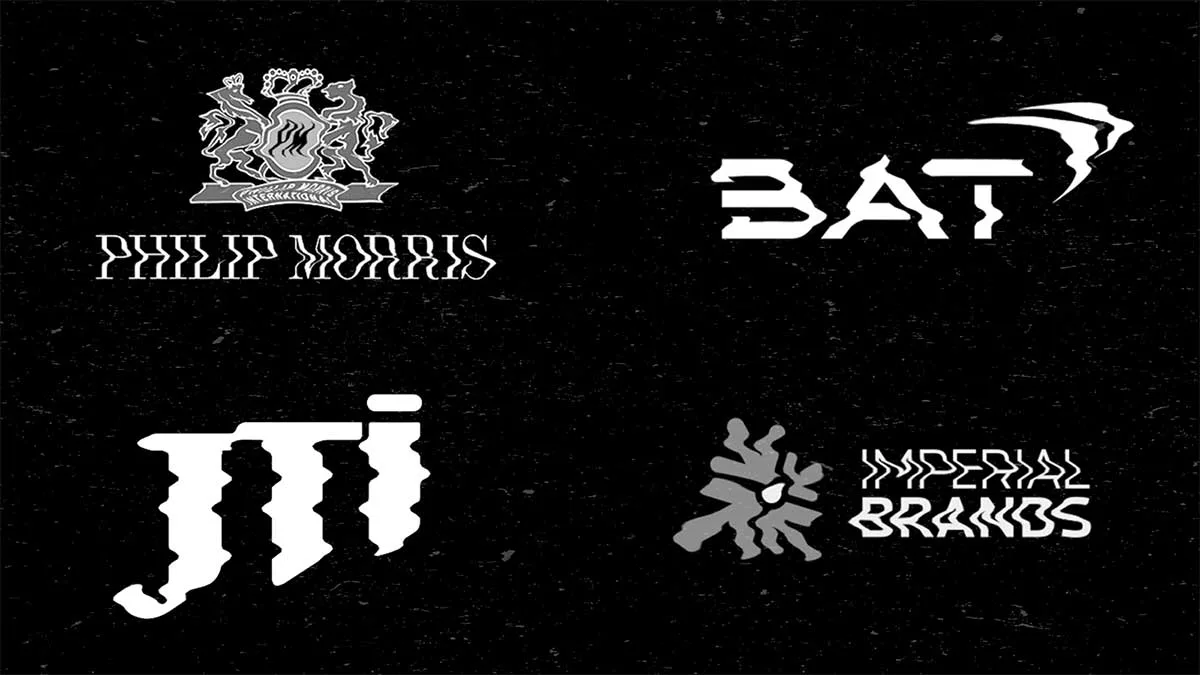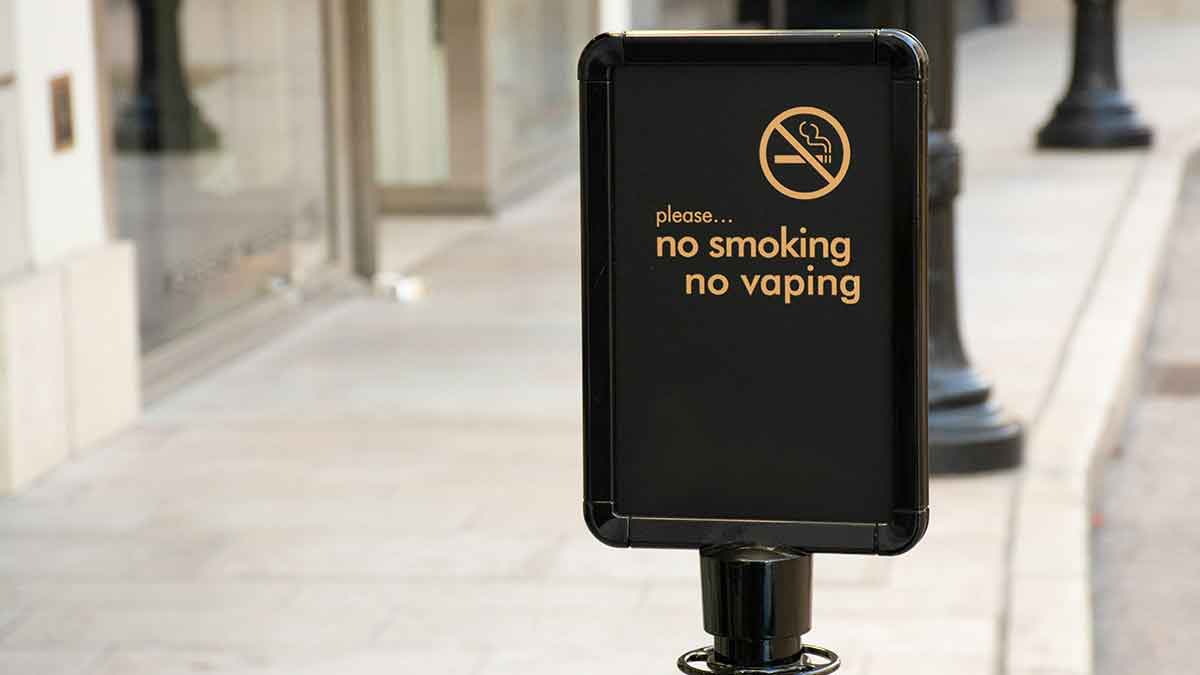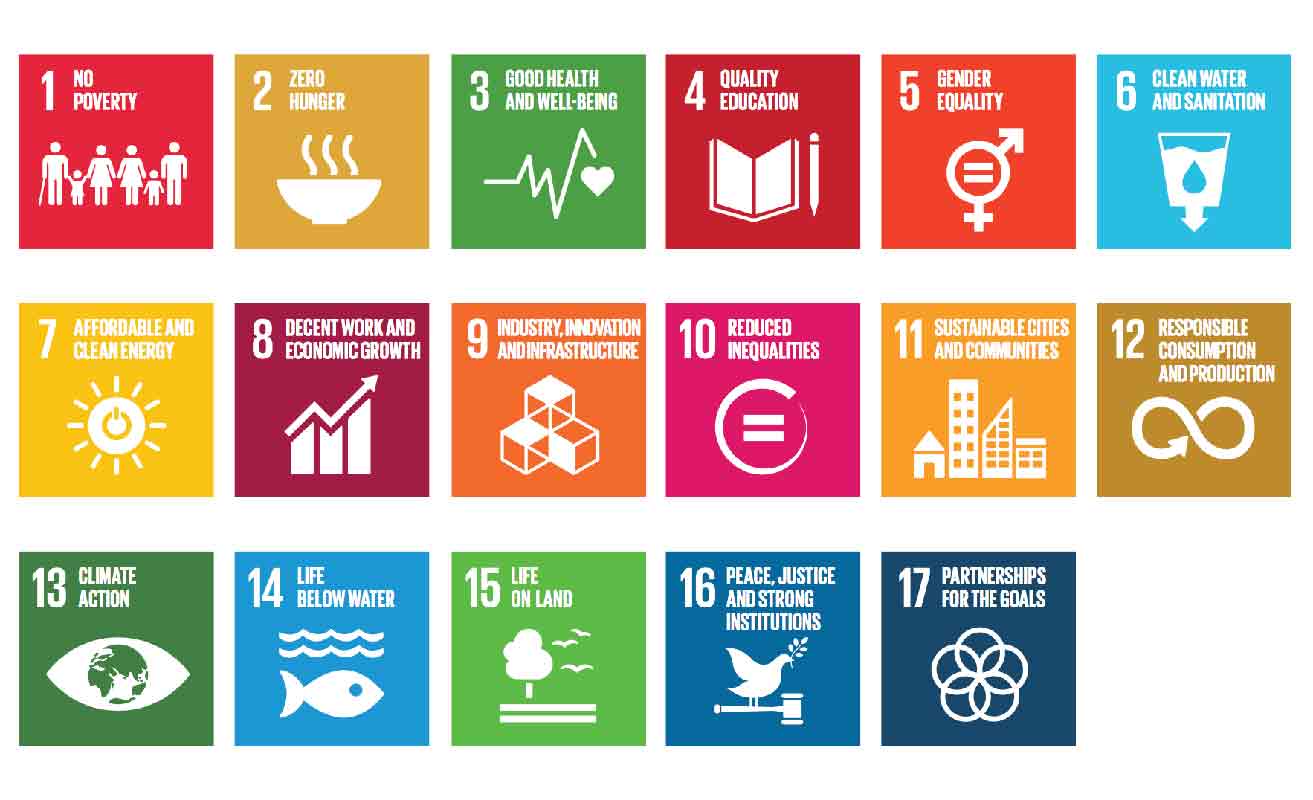- Resources
- News
-
-
Get Email Updates
Sign up for STOP's emails and never miss an update on our latest work and the tobacco industry's activity.
-
Get Funding
Ready to tackle industry interference? You could be eligible for a grant.
-
Share a Tip
Do you have information on tobacco industry misconduct in your country? Let us know.
-
Get Email Updates
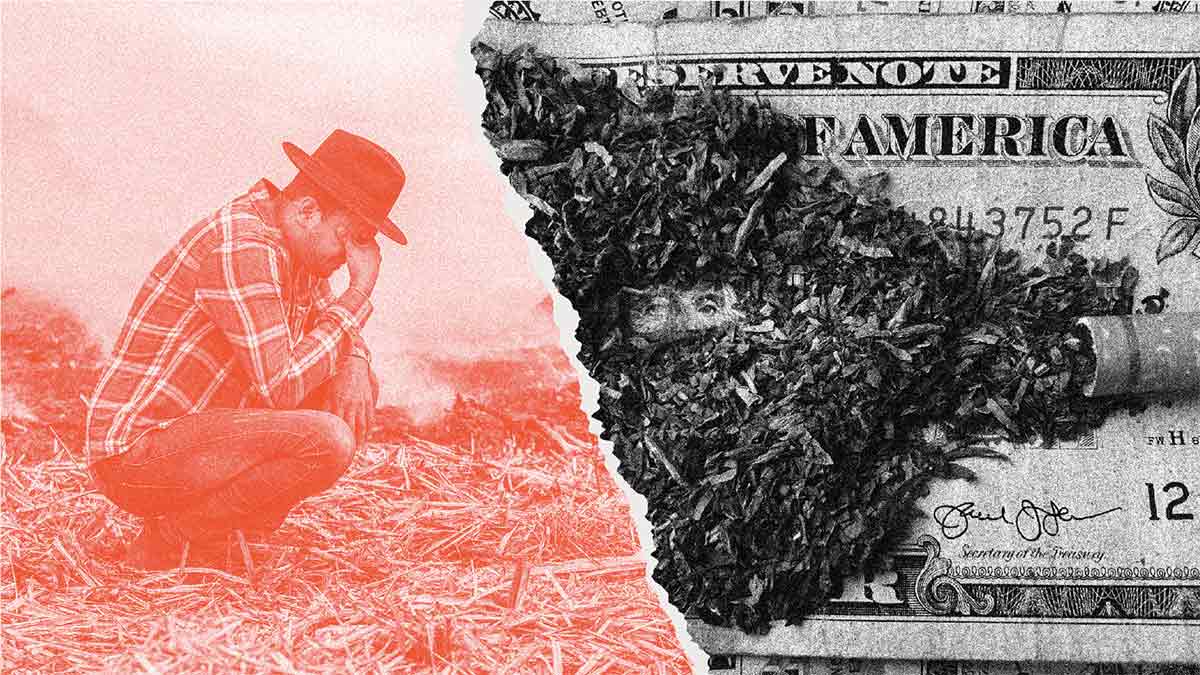
It’s a simple question, but there’s more to the answer than you might think. The tobacco industry isn’t just made up of major tobacco companies and it doesn’t just produce cigarettes. And, notably, selling its products isn’t the industry’s only business goal.
Take a closer look to get the facts about what the tobacco industry is and what it does—including the parts it may not want the public to focus on.
How big is the tobacco industry?
The world’s largest transnational tobacco companies are known as the Big 4, and include Philip Morris International (PMI), British American Tobacco (BAT), Japan Tobacco International (JTI) and Imperial Brands. The China National Tobacco Corporation is the world’s largest producer of cigarettes, but is a state-owned entity and mostly serves its own domestic market. Together, these companies sell trillions of cigarettes around the world every year, ensuring the tobacco epidemic continues and securing their future profits at the expense of public health.
The tobacco industry is present in nearly every country. In addition to smaller tobacco companies operating in specific countries or regions, the Big 4 run local subsidiaries around the world. For example, British American Tobacco South Africa is a local subsidiary of BAT, which is headquartered in the U.K.
While these major tobacco companies are the most visible players in the industry, other people and companies contribute to the industry’s business, too, including tobacco farmers and processors, logistics companies and more. A deeper look at the tobacco industry’s supply chain reveals the intricate and vast web of companies that play a role in producing and selling tobacco all over the world.
Then there are tobacco industry allies. These companies and organizations don’t make or sell tobacco products, but they work with the industry to help further its business. Some allies openly promote the interests of the industry, such as tobacco trade groups, while others help advance the industry’s agenda more discreetly. Some organizations’ names even make it sound like they’re working against the industry, such as the Global Action to End Smoking (formerly FSFW) or the Eliminating Child Labour in Tobacco-Growing Foundation. A look below the surface quickly shows that both of these groups are funded, wholly and in part, respectively, by the tobacco industry and often end up promoting industry-aligned agendas and narratives. Taking allies’ messaging at face value without looking beneath the surface makes it easy to mistake these organizations as independent and miss their connections to the industry.
8 million deaths every year are caused by tobacco use
What products does the tobacco industry sell?
The tobacco industry is most recognized for selling cigarettes. Even though tobacco use is declining in many parts of the world, over 4.5 trillion cigarettes are projected to be consumed in 2025. Some major tobacco companies claim they want to move away from cigarettes, but analysis of their shareholder meetings and other business activities suggest cigarettes are still their cornerstone product and will remain so if no policy interventions are made.
The industry makes money off of other addictive tobacco products, as well. Bidis are small hand-rolled cigarettes that deliver more nicotine, tar and carbon monoxide than other cigarettes. They’re produced primarily in India by a workforce of which up to 25% are children. Snus is another addictive tobacco product, sold as loose tobacco or in pouches that are placed between the gum and upper lip. Use of snus is associated with higher risk of pancreatic cancer.
Heated tobacco products (HTPs) are the industry’s newest tobacco product. They’re electronic devices that purport to heat tobacco versus burning it. Each of the Big 4 sells an HTP, but PMI’s product, IQOS, has the biggest share of the HTP market. HTPs are marketed as so-called “reduced-risk products,” even though the long-term health effects of these addictive tobacco products are still unknown.
The tobacco industry also sells addictive nicotine products that don’t contain tobacco, including e-cigarettes, like BAT’s Vuse, as well as nicotine pouches. Recent research has unearthed concerning evidence that the industry is attempting to addict young people to these newer nicotine and tobacco products by portraying them as high-tech, sophisticated lifestyle products.
Tobacco and cigarette brands by parent company
This list does not represent every brand in a company’s portfolio.
*U.S. distribution only.
What else is the industry involved in?
The tobacco industry isn’t just in the business of making, marketing and selling tobacco products. It also spends considerable time and money funding and promoting misleading science, lobbying and performing so-called corporate social responsibility activities. All of these tactics and more are part of the industry’s larger strategy to influence policies to favor its own commercial interests over public health.
The industry has also been accused of involvement in the illicit tobacco trade. While it may seem counterintuitive to facilitate the illegal sale of its own products, the illicit trade may actually benefit the tobacco industry—it can be a way to enter new markets, hook new users and open the door for interactions with government officials, which defies the World Health Organization Framework Convention on Tobacco Control (WHO FCTC).
Concerningly, the tobacco industry has tried to move into the pharmaceutical space. A notable example is PMI’s failed acquisition of Vectura, a medical inhaler company whose products may be used to treat diseases associated with tobacco use. These types of acquisitions are likely the industry’s attempt to diversify how it earns money and gain reputational benefits from being perceived as part of the health sector, despite its products causing eight million deaths every year.
How can we stop the tobacco industry?
The tobacco industry can’t be trusted to self-regulate or provide safe, reliable solutions to the tobacco epidemic it created. History has shown that its actions ultimately serve to strengthen its own financial standing, which gives it the power to exploit low- and middle-income countries and influence policy around the world.
Governments must stand up to the industry. Many currently do, protecting their populations with higher tobacco taxes, advertising bans, age-related sales restrictions, mandated smoke-free spaces, graphic pack warnings and more. But the latest Global Tobacco Industry Interference Index shows that more must be done. Countries that are Parties to the WHO FCTC must fully implement and honor their commitments to the global health treaty.
Tobacco control measures must also be supported and implemented around the world. These proven measures can reduce tobacco use which leads to improved public health and more productive societies.
Ultimately, the tobacco industry’s duplicitous behavior must be exposed. Thanks to researchers’ analyses, advocates’ tireless work and whistleblowers who report potentially unlawful or unethical behavior, the world’s view of the industry’s inner workings is clearer than ever.
There’s more to uncover. Holding the tobacco industry accountable is a global endeavor, and every effort gets us one step closer. Sign up for STOP’s newsletter to stay informed.
